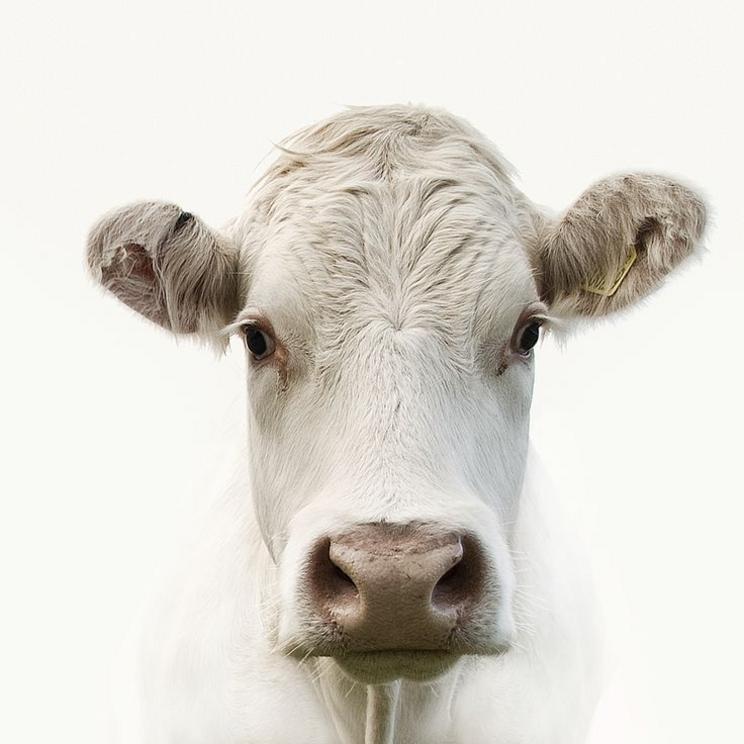A herd of genetically modified cows
Precise gene editing, the stuff of science fiction, has been a reality since 2015. That was when CRISPR-Cas9 came in full force to the scientific field after decades of research. The technology allows scientists to go in and essentially snip and tuck genes from one organism to another to enhance them in some way, and it’s already been done with pigs, fish, mice, and mosquitos, as well as human embryos.
CRISPR isn’t perfect just yet. It’s hard to control which genes are inserted or deleted—which means it’s not always successful. When researchers from China first tried to edit human embryos, only 28 out of an initial 86 attempts were altered, and even fewer had the exact change the scientists wanted; others died before they could be tested, or didn’t have the right mutations (and the embryos were destroyed shortly after.)
But scientists are still attempting to perfect the gene-editing technology. In a paper published Jan. 31, scientists from the Northwest A&F University in Shaanxi, China demonstrated they have made healthy baby cows that have been modified to be more resilient against bovine tuberculosis (TB)—with no adverse side effects.
“When you want to insert a new gene into a mammalian genome, the difficulty can be finding the best place in the genome to insert the gene,” Yong Zhang, a bioinformaticist and the lead author of the paper, said in a statement. He and his team meticulously combed through the cow genome and found a place where they thought they may be able to insert another copy of a gene called NRAMP1, which occurs naturally in cows. This gene has been associated with being able to resist infection from bovine TB; by adding a second copy, the researchers thought they could vamp up this resistance.
They used CRISPR-Cas9 technology to insert the extra copy of NRAMP1 into 11 young cow embryos before inserting them back into cows to gestate as usual. After the healthy calves were born, the researchers exposed them to bovine TB. The cattle, who didn’t appear to have any other health consequences as a result of being modified, didn’t get sick, and their immune systems seemed less bothered by the bacteria than cows that hadn’t been altered.
Although they’re still not totally resistant to bovine TB (NRAMP1 is just one gene that helps with cattle immunity), more resistance is better against the devastating infection. Bovine TB is caused by a bacterium called Mycobacterium bovis, which can also make humans sick.
Humans receive antibiotics for TB, but in North America, farmers don’t give antibiotics to cows with this infection. Instead, they are slaughtered, Reynold Bergen, the science director of the Canadian Cattlemen’s Association, said in an email. This is because bovine TB spreads really quickly, and often when one cow is diagnosed, the whole herd has to be killed to prevent further infection of people or other animals, and it’s difficult to detect early on.
But if cows don’t get sick to begin with, farmers wouldn’t lose their herds. Additionally, the authors think that similar methods could be used to give cows and other livestock genetic resistance to other bacterial infections, which means that they would not need to take antibiotics, which contributes to the growing problem of infections that are resistant to the treatments we have available for them.
These cows won’t be in a herd near you any time soon—this study just shows that this kind of precise altering without harmful side effects is possible. But, given the speed with which CRISPR technology has taken off in the past two years, it’s likely scientists will make more of these developments in the coming years. It’ll be just a matter of passing through government regulations.

